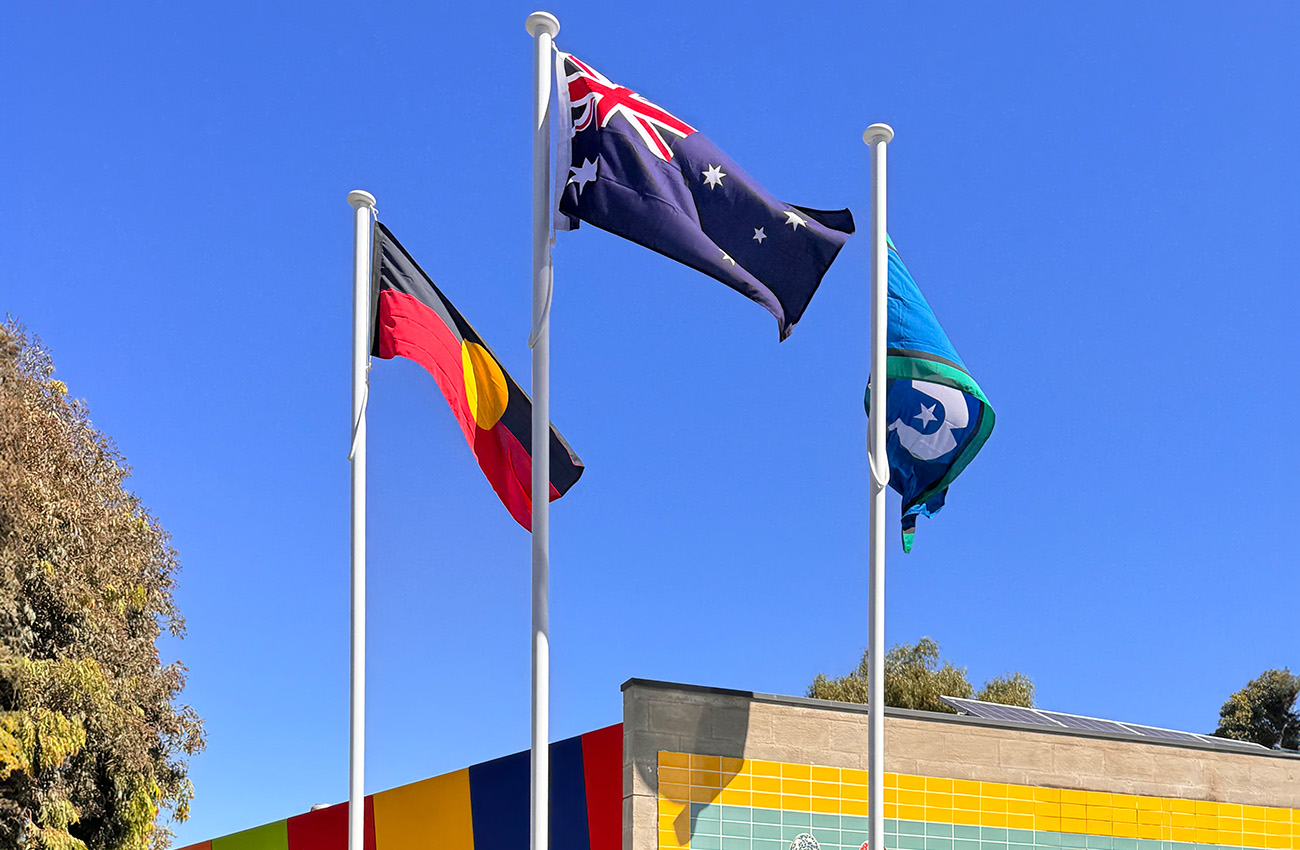When most people think about infrastructure, their minds go to highways, tunnels, and high-rise buildings. Yet, beneath the buzz of mega-projects and cutting-edge smart cities lies a network of smaller, essential structures—flag poles, light poles, and goal posts—that quietly shape our public spaces. These components may not dominate headlines, but their impact is foundational, influencing safety, visibility, national identity, and community engagement.
In Australia, where outdoor culture, public gatherings, and sports are central to national identity, these “supporting structures” have never been more relevant. As technology, design, and sustainability continue to evolve, so too do these pillars—literally and figuratively—of urban and regional life.
This article takes a deep dive into how humble yet powerful components like flag poles, light poles, and AFL goal posts are transforming through innovation, helping to shape the outdoor experience across Australia.
Flag Poles: The Icon of Identity and Innovation
Flag poles have stood as symbols of pride, allegiance, and national unity for centuries. But today, they do much more than hoist a flag. In modern infrastructure design, flag poles are engineered with precision, customized for aesthetics, and crafted to withstand Australia’s harsh climate—from coastal winds to desert dust.
Evolution in Design and Material
Gone are the days when flag poles were just steel rods planted in concrete. Contemporary flag poles are available in powder-coated finishes, aluminium alloy builds for rust resistance, and telescopic models for easy transportation and storage.
These upgrades aren’t just about appearance. They’re about resilience, longevity, and reducing long-term maintenance costs. For public buildings, schools, embassies, and even corporate headquarters, investing in a high-quality flag pole reflects both functionality and national respect.
Flag Poles in Smart Urban Design
In smart city planning, aesthetics and function must go hand-in-hand. Flag poles are increasingly integrated with lighting elements, remote raising systems, and even environmental sensors. A well-placed flag pole doesn’t just mark a spot—it transforms the visual narrative of a location.
Light Poles: The Unsung Heroes of Safe, Smart Cities
Perhaps no infrastructure is more omnipresent—and taken for granted—than the humble light pole. Stretching from remote regional roads to CBD walkways, light poles do far more than illuminate—they improve safety, support tech integrations, and are critical to Australia’s smart infrastructure development.
From Static Illumination to Smart Lighting Systems
The evolution of lighting technology has revolutionized how we think about light poles. Instead of being fixed-function units, many are now integrated with:
- LED systems for lower energy consumption and reduced emissions
- Motion sensors for adaptive lighting
- Surveillance cameras for public security
- 5G infrastructure to support connectivity in smart cities
Australian councils and infrastructure developers are increasingly opting for light poles that are pre-fitted with smart bases or modular expansion ports. These allow for easy upgrades in the future without replacing the entire unit—saving time and money.
Sustainability and Light Poles
As Australia pushes forward with environmental commitments, light poles are part of the movement. Solar-powered lighting poles are being used in public parks and remote areas where trenching cables is cost-prohibitive. They’re not only eco-friendly but also improve safety in areas previously left in the dark.
Companies like Multipole are at the forefront of offering high-performance light poles tailored to Australian conditions—prioritizing durability, minimal maintenance, and long-term energy efficiency.
AFL Goal Posts: A Pillar of Sport and Community
In a nation where AFL is more than a sport—it’s a lifestyle—AFL goal posts hold a special place in the cultural fabric of Australia. From the elite MCG to rural football ovals, these posts support not just games but community spirit and youth development.
What Makes a Great AFL Goal Post?
It’s more than just height and width. Professional goal posts must meet specific standards set by the AFL, ensuring fair play and safety. This includes:
- Wind-resistance engineering
- Shock-absorbent bases to reduce injury risk
- UV-stabilized coatings to handle Australian sun
- Ease of removal and storage in multipurpose venues
High-quality manufacturers like Goldspar offer AFL goal posts designed with schools, sports clubs, and stadiums in mind. Their products are corrosion-resistant, lightweight, and compliant with league specifications—making them ideal for both professional and recreational use.
Beyond the Game: Community and Identity
AFL fields often serve as gathering spaces, not just for sports but for festivals, fundraisers, and other community events. The quality of infrastructure, including the goal posts, directly affects how well these spaces perform and how inclusive they can be.
By investing in top-tier AFL goal posts, local councils and sports organizations enhance not just performance, but the overall appeal of their venues.
Why These “Small” Structures Matter in the Bigger Picture
You may not think of a flag pole or a light pole when discussing national infrastructure, but collectively, these components shape the environment in which Australians live, work, and play.
Urban Planning and Public Safety
Well-placed and well-lit streets deter crime, improve traffic flow, and create safer environments for pedestrians and cyclists. Flag poles at civic buildings or schools reinforce cultural values and shared identity. Goal posts on a local oval foster youth participation, community health, and social inclusion.
These are all critical elements in creating “livable cities” and active communities—something urban planners, architects, and policymakers are heavily focused on today.
The Role of Durable Manufacturing
Australia’s unique weather conditions demand products that last. That means materials that won’t rust in coastal towns, components that can withstand cyclone-strength winds, and finishes that survive the outback sun. Leading manufacturers of flag poles, light poles, and AFL goal posts have risen to the challenge with durable, reliable, and visually appealing solutions.
Trends Shaping the Future of Outdoor Infrastructure
As we look ahead, the future of infrastructure is about more than just going digital—it’s about integrating the analog with the smart. Here are a few trends worth watching:
1. Multi-Functionality
Poles that serve more than one purpose—such as lighting, surveillance, and connectivity—will dominate future infrastructure.
2. Design-Driven Installations
Expect to see more custom-designed poles and posts that align with architectural themes, especially in tourism zones and city centers.
3. Sustainability First
Eco-friendly materials and renewable energy integrations are set to become the norm in all infrastructure projects, big and small.
4. Community-Driven Upgrades
Local councils are increasingly responding to public demand for better, more inclusive, and visually appealing public spaces. This includes upgrades to sports facilities, parks, and civic buildings—often beginning with small things like goal posts or flag poles.
Conclusion: Small Structures, Big Impact
In infrastructure, it’s easy to get caught up in grand visions and billion-dollar budgets. But sometimes, it’s the modest components—like poles and posts—that deliver the most consistent value over time. They quietly support our everyday experiences, from a well-lit footpath to a thrilling footy match to the sight of the national flag flying high.
By investing in high-quality, smartly designed, and future-ready versions of flag poles, light poles, and AFL goal posts, Australia is not just upgrading infrastructure—it’s upgrading quality of life.
As the country strides into a more sustainable, connected, and inclusive future, it’s time we give these unsung heroes of infrastructure the attention they deserve.





























